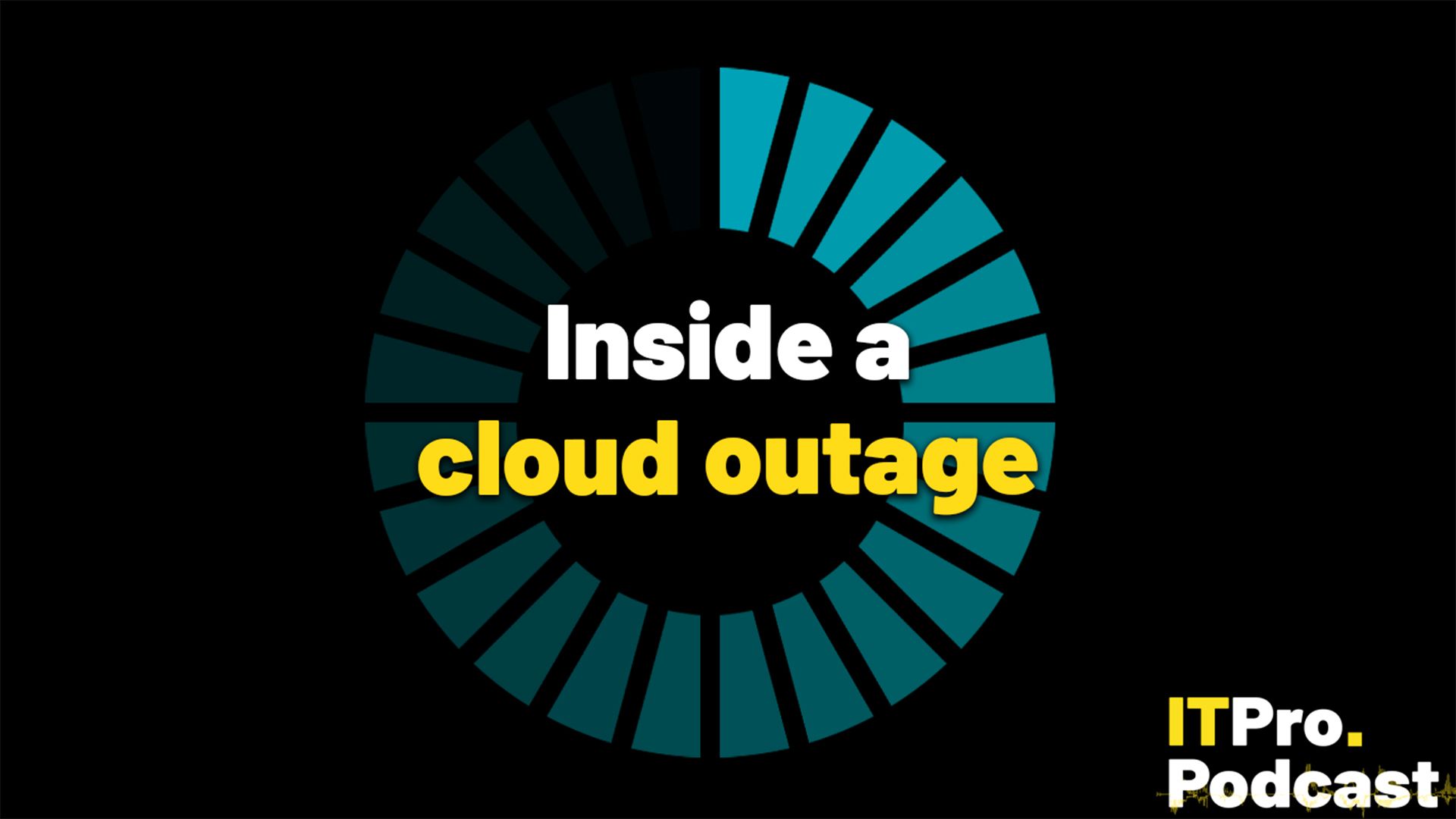
""The worst feeling in the world is to be in the middle of an incident and realize that it would be a great thing that you could do to resolve that incident, if only a tool had been built before, right? So it'd be great if you figure that out before you get into that incident, and then you have the tool ready to go. ""
""[O]ne of the things that's actually very satisfying in an incident is we've had circumstances where one system does start to fail, but we had built a safety system and it kicks in, and you see that it works. You know, it's immensely satisfying.""
""The big difference between a short outage and a long outage is, 'do we know immediately how to remediate a problem of this nature?', versus 'we're not sure and/or we have to be careful not to cause a bigger problem."""
Major cloud outages at AWS and Microsoft caused widespread downtime across websites and business applications. Outages at scale arise from cascading failures that can span multiple systems and providers. Rapid remediation depends on prebuilt tools, practiced runbooks, safety systems, and clear remediation plans. Teams that lack tooling during incidents face slow recovery and difficult decision-making. The distinction between short and long outages often hinges on immediate knowledge of safe remediation versus uncertainty and risk of exacerbating failures. Continuous 'what if' scenario planning, proactive tooling, and regular incident rehearsals reduce outage impact and accelerate recovery.
Read at IT Pro
Unable to calculate read time
Collection
[
|
...
]